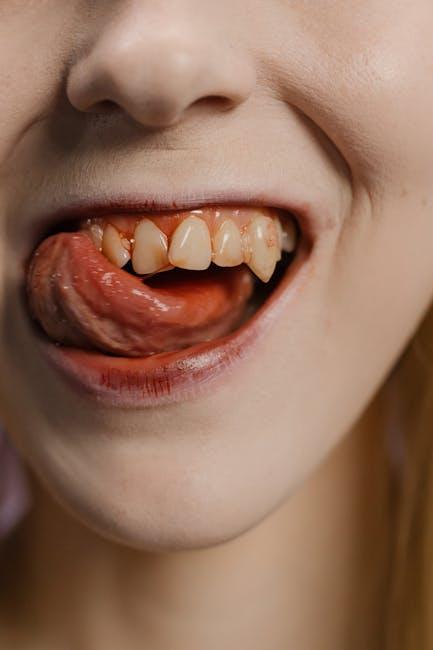
Does Medicaid Cover Dental? Orthodontics, Common Procedures & State Coverage
If you or a loved one are enrolled in Medicaid, you might wonder: Does Medicaid cover dental care? Access to dental treatment is crucial for maintaining overall health, but dental coverage under Medicaid varies significantly by state and age group. This comprehensive guide breaks down Medicaid dental benefits, including orthodontics, common procedures, and how coverage differs from state to state.
What Is Medicaid Dental Coverage?
Medicaid is a government health insurance program primarily for low-income individuals and families. While Medicaid is federally mandated to cover certain medical services, dental coverage is optional and determined at the state level. This means dental benefits under Medicaid, including whether orthodontic care is included, can vary widely.
Mandatory vs. Optional Dental Benefits
- Children’s Dental Coverage (EPSDT): Medicaid must provide dental benefits to individuals under 21 under the Early and Periodic Screening, Diagnostic, and Treatment (EPSDT) benefit. This is a federal requirement.
- Adults’ Dental Coverage: States are not required to offer dental benefits to adults enrolled in Medicaid, so many states offer limited or no coverage for adult dental services.
Does Medicaid Cover Orthodontics?
Orthodontic coverage under Medicaid is generally limited and mostly reserved for medically necessary cases rather than purely cosmetic reasons. Here’s what you need to know:
- Orthodontics for children under 21 may be covered if the treatment is deemed medically necessary — for example, to correct severe jaw or bite abnormalities.
- Coverage for adults is rare and typically only available in exceptional cases.
- Each state Medicaid program defines what criteria qualify as medically necessary orthodontics, so coverage criteria and available benefits vary.
- Cosmetic dental procedures like braces purely for appearance are usually not covered.
Medicaid Orthodontics: Key Considerations
- Prior authorization is almost always required before starting orthodontic treatments under Medicaid.
- Dental providers must be enrolled in Medicaid and accept Medicaid patients to offer orthodontic services covered by the program.
- Many families pursue additional dental insurance or financing plans for orthodontics if Medicaid coverage is unavailable or insufficient.
Common Medicaid-Covered Dental Procedures
Dental benefits under Medicaid typically cover a range of basic and preventive procedures essential to good oral health. Coverage varies, but the following treatments are commonly included, especially for children:
- Routine dental exams and cleanings
- X-rays and diagnostic services
- Fillings for cavities
- Tooth extractions
- Root canal therapy on primary teeth
- Space maintainers for children to preserve teeth alignment
- Emergency dental care for pain relief
In some states, adults may also have access to limited services such as dentures, extractions, and emergency treatment. However, comprehensive dental care like crowns, bridges, or veneers is often excluded.
State-by-State Medicaid Dental Coverage Overview
Since states administer Medicaid programs, the dental benefits offered can differ greatly. The table below summarizes Medicaid dental coverage for children and adults in various states as of 2024:
| State | Children’s Dental Coverage | Adult Dental Coverage | Orthodontics Coverage |
|---|---|---|---|
| California | Comprehensive | Limited (emergency only) | Covered if medically necessary (children) |
| Texas | Comprehensive | None | Rare, medically necessary only |
| Florida | Comprehensive | Limited emergency | Medically necessary for kids |
| New York | Comprehensive | Comprehensive in many counties | Yes, medically necessary |
| Ohio | Comprehensive | Very limited | Only severe cases |
Note: Always check with your specific state Medicaid program for the most up-to-date dental coverage details.
Benefits of Medicaid Dental Coverage
Access to dental care through Medicaid offers many advantages, especially for families and vulnerable populations:
- Improved oral health: Regular dental visits help prevent cavities, gum disease, and other oral conditions.
- Cost savings: Medicaid helps low-income individuals afford essential dental care without high out-of-pocket expenses.
- Children’s development: Children with proper dental care experience less pain, better nutrition, and improved speech development.
- Overall health impact: Untreated dental disease can increase risks for heart disease, diabetes, and other systemic conditions.
Practical Tips for Maximizing Medicaid Dental Benefits
If you’re enrolled in Medicaid and want to make the most of your dental benefits, consider these practical tips:
- Confirm dental providers accept Medicaid: Not all dentists take Medicaid — verify before scheduling appointments.
- Schedule routine check-ups early: Preventive care reduces complex dental issues and saves money and time.
- Understand your state’s covered services: Review your state’s Medicaid dental coverage booklet online or by phone.
- Request prior authorizations promptly: For orthodontics or specialized treatments, get approval early to avoid denial.
- Maintain good oral hygiene habits at home: Brushing and flossing regularly will support your Medicaid-covered dental treatment’s success.
Real-Life Experience: Medicaid Dental Coverage Success Story
Jessica, a single mom in Ohio, shares:
“When my son was diagnosed with a severe overbite that affected his speech, I was worried braces would break our budget. Fortunately, Medicaid in our state covered the orthodontic treatment since it was medically necessary to correct his bite. The process required paperwork and doctor referrals, but it was worth it to see my son’s smile and confidence improve. I encourage families to explore what their Medicaid dental benefits cover and advocate for needed treatments.”
Conclusion: Is Medicaid Dental Coverage Right for You?
Dental health is a fundamental part of overall wellness, and understanding Medicaid’s dental coverage is key for anyone relying on the program. While Medicaid guarantees dental benefits for children, adult dental coverage varies greatly by state. Orthodontic coverage is often limited and based on medical necessity, especially for children. Knowing your state’s specific Medicaid dental offerings, scheduling preventive appointments, and working with Medicaid-certified dentists will help you maximize your benefits.
For the most accurate and personalized information, visit your state Medicaid website or contact a local Medicaid office. Navigating Medicaid dental coverage might seem complicated, but with the right knowledge and planning, you can secure the dental care you or your family need.
Ready to learn more? Explore resources at Healthinsurance.org for detailed guides on Medicaid and dental insurance plans tailored to you.


